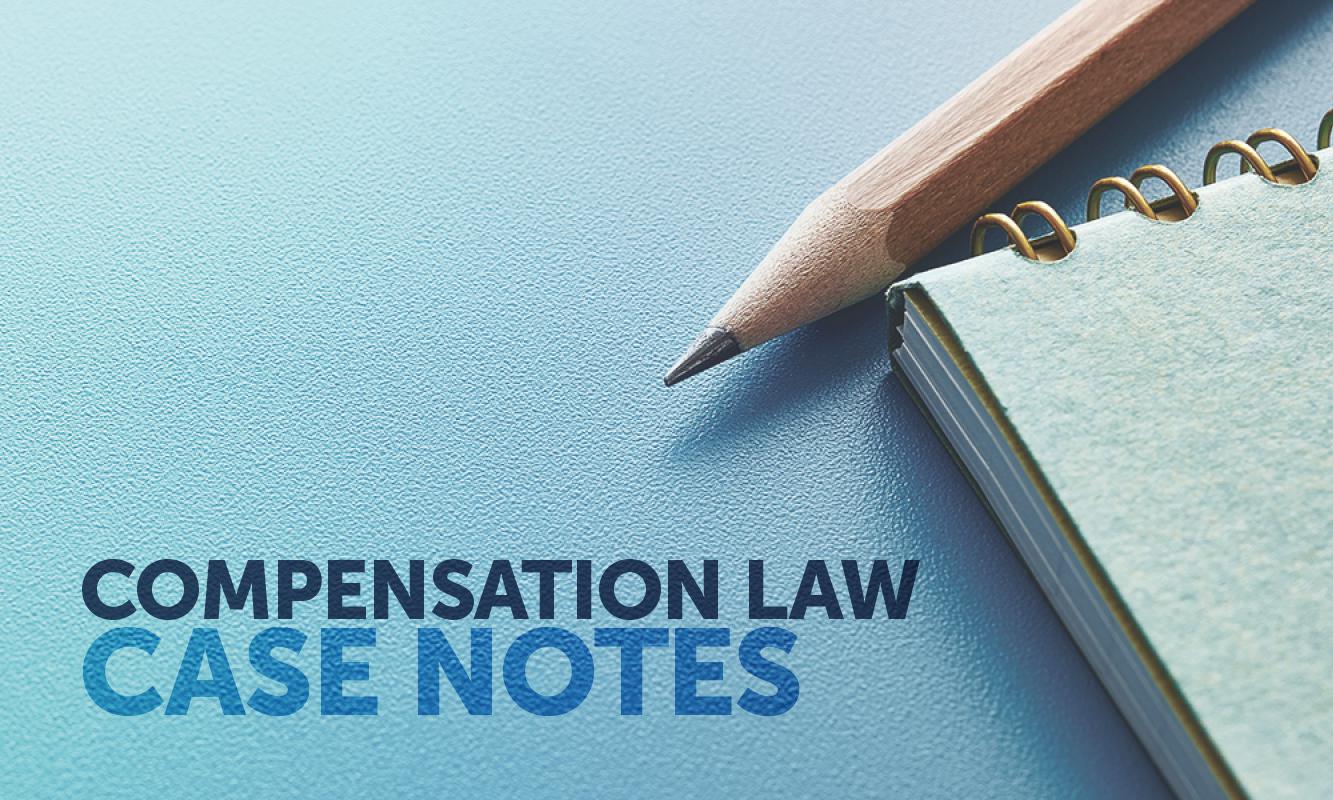…application for part of respondent’s defence to be struck-out – whether contextual imputation describing applicant’s character as ‘creep’ too imprecise and ambiguous
In Laming v Nine Network Australia Pty Ltd [2022] FCA 63 (28 January 2022), Dr Andrew Laming, a member of the House of Representatives for an electorate in Queensland, sued for defamation.
He did so in relation to a 27 March 2021 news segment concerning him that was published on the Channel 9 free-to-air network and subsequently on another Channel 9 service, a website and social media accounts.
The first respondent, Nine Network Australia Pty Ltd (Nine Network), is the producer of the Nine News television program. Nine Network’s defence pleaded various defences, including a defence of contextual truth. Dr Laming took issue with this aspect of the defence pleading and particulars provided.
The terms of s26 of the Defamation Act 2005 (NSW), which were in force at the time of the publications and apply to the proceeding (since repealed), provide that it is a defence to the publication of defamatory matter if the defendant proves that:
- in addition to the defamatory imputations of which the plaintiff complains, the matter carried one or more other imputations – contextual imputations – that are substantially true, and
- the defamatory imputations do not further harm the reputation of the plaintiff because of the substantial truth of the contextual imputations.
One of the proposed contextual truth imputations in this decision was that “the applicant is a creep, in that he is an unpleasant and repellent person” (creep contextual imputation) (at [7]).
The court set out well-established principles as to pleading contextual truth imputations from McLachlan v Browne (No.7) [2018] NSWSC 1914 and Domican in Pan Macmillan Australia Pty Ltd [2019] FCA 1384 (at [9]-[12]). These principles include that the contextual imputation be specified with sufficient precision to enable the parties and the courts to identify its composite elements in a procedurally fair manner (at [10]).
In addition, the formulation of the contextual imputation needs to be such that the material relied on to establish its truth bears a reasonable relationship – to both the contextual imputation, and the published material relied on by the plaintiff (at [11]).
Dr Laming submitted that the creep contextual imputation was “slang of imprecise meaning” and, therefore, not pleaded with the required precision (at [16]).
Nine Network suggested the contextual imputation lay in the nature of Dr Laming’s conduct that was the subject of the news segment, including Dr Laming taking the photograph of Ms White’s posterior when she was bending over (at [16]).
Bromwich J accepted that slang could form the basis for an imputation, particularly where the term is widely used in the community. The court held this was particularly so when the word ‘creep’ was supplemented by the words ‘unpleasant and repellent person’, which in turn refer to the nature of the alleged conduct reported by Nine Network (at [17]).
Nadia Stojanova is a barrister at the Victorian Bar, ph 0480 254 662 or email nadia.stojanova@vicbar.com.au. The full version of these judgments can be found at austlii.edu.au. Numbers in square brackets refer to a paragraph number in the judgment.











Share this article